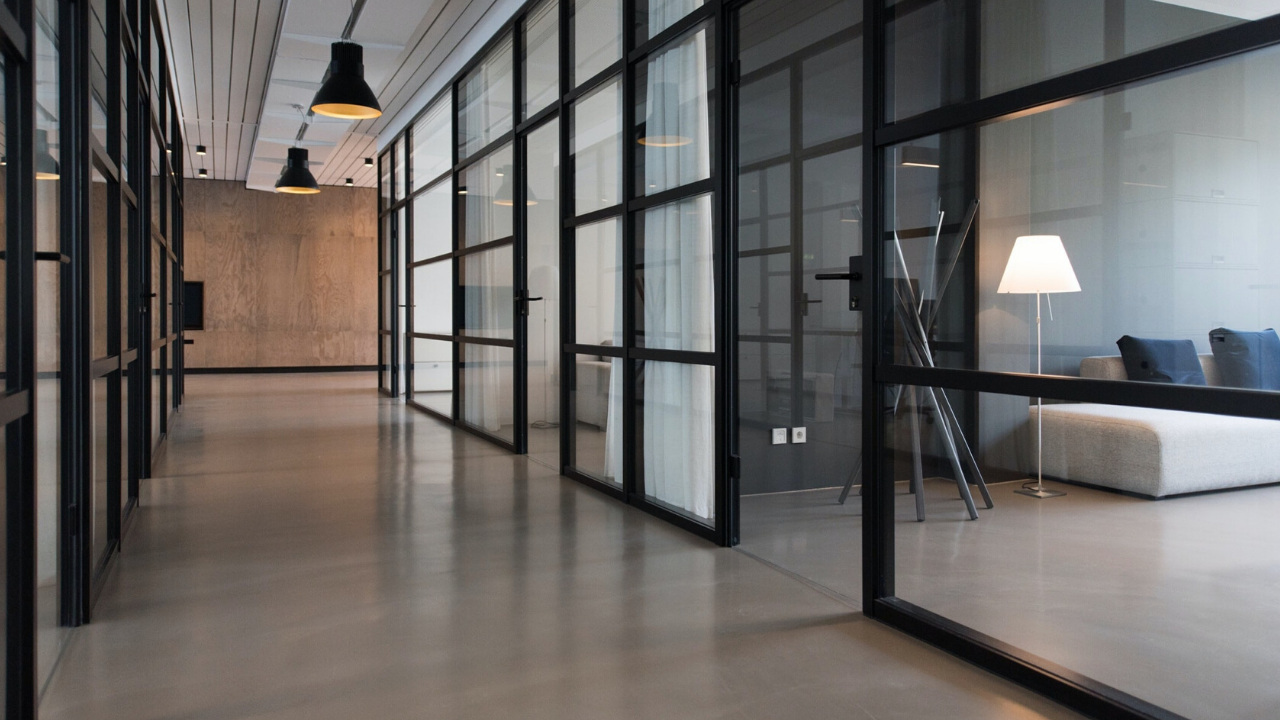Offices all over the world have stayed vacant for months as companies adjusted to working from home. Now, companies are evaluating how to operate their workspaces moving forward.
“In some ways, this virus is a workplace virus, it’s an office virus,” said Amol Sarva, co-founder and CEO of serviced office provider Knotel. “This is one of the few things that ever happened that shut every office in the world down.”
This has led some of the world’s biggest companies to offer remote working policies indefinitely, some of which include Twitter and Square.
However, those who do return to offices may find that them even more appealing. Workspaces have generally become based in collaboration, which usually means open-plan layouts with little privacy.
While this type of office has its own perks, it is not realistic for the post-pandemic workplace. Workers who may have not enjoyed the lack of privacy may be breathing a collective sigh of relief.
Cushman & Wakefield have already created their own concept to bring employees back into the office with its “6 Feet Office” that features signage for one-way foot traffic, reminders to physically distance, and partitions to protect workers.
With these extreme, but absolutely necessary changes, Sarva believes that the open office plan will be over after this. However, it’ll take more than spaced out desks to bring employees back into the office. Companies will need to look at research to fully determine what kinds of strategies will keep workspaces as safe as possible.

 Dr. Gleb Tsipursky – The Office Whisperer
Dr. Gleb Tsipursky – The Office Whisperer Cat Johnson – Coworking Marketing Maven
Cat Johnson – Coworking Marketing Maven Angela Howard – Culture Expert
Angela Howard – Culture Expert Drew Jones – Design & Innovation
Drew Jones – Design & Innovation Andrea Pirrotti-Dranchak – Competitive Advantage
Andrea Pirrotti-Dranchak – Competitive Advantage Jonathan Price – CRE & Flex Expert
Jonathan Price – CRE & Flex Expert Jeremy Fennema – Tech Innovation Alchemist
Jeremy Fennema – Tech Innovation Alchemist







